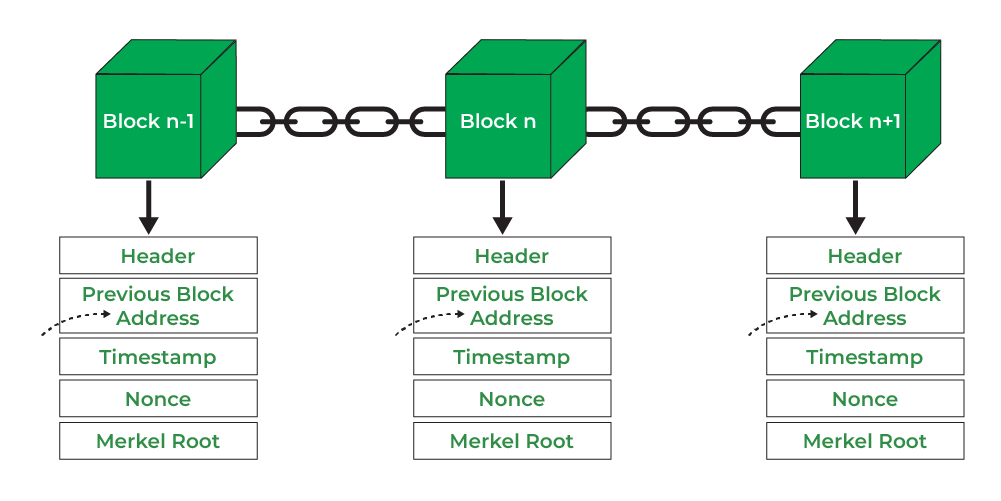Definition of Blockchain
In the dynamic world of technology, where innovation is constant and disruption is the norm, few advancements have captured the collective imagination quite like blockchain. This introductory chapter serves as a foundational exploration into the very essence of blockchain technology, unraveling its intricacies and unveiling its transformative potential within the context of Ethereum and beyond.
Understanding Blockchain
At its core, blockchain can be best understood as a distributed ledger system that fundamentally alters the way data is recorded, stored, and verified. Unlike traditional centralized databases, where information is housed and managed by a single authority, blockchain operates across a decentralized network of computers (nodes), each holding a complete copy of the ledger. This decentralized architecture ensures that no single entity has control over the entire system, mitigating the risks associated with centralized points of failure and manipulation.
Key Characteristics of Blockchain
The hallmark features of blockchain technology set it apart from conventional data management systems:
- Decentralization: By distributing control and decision-making authority among a network of nodes, blockchain eliminates the need for intermediaries and central authorities, fostering a more inclusive and resilient ecosystem.
- Transparency: Every transaction recorded on the blockchain is visible to all participants in the network, ensuring a high degree of transparency and accountability. This transparency not only enhances trust among participants but also enables auditors and regulators to verify the integrity of transactions.
- Immutability: Once a transaction is confirmed and added to the blockchain, it becomes virtually immutable, meaning that it cannot be altered or deleted without broad consensus from the network. This immutability ensures the integrity and permanence of the data stored on the blockchain, making it tamper-resistant and highly secure.
- Consensus Mechanisms: Blockchain networks employ consensus mechanisms to validate and agree upon the state of the ledger. These mechanisms, such as Proof of Work (PoW), Proof of Stake (PoS), and others, ensure that all nodes in the network reach a consensus on the validity of transactions, maintaining the integrity of the blockchain.
The Anatomy of a Blockchain
A blockchain is composed of a series of interconnected blocks, each containing a bundle of transactions and a reference to the previous block, forming a chronological chain of blocks. Each block is cryptographically hashed, creating a unique fingerprint that links it to the preceding block, thereby ensuring the continuity and integrity of the blockchain.
 GeeksforGeeks
GeeksforGeeks
Applications of Blockchain Technology
While blockchain technology initially gained prominence as the underlying technology powering cryptocurrencies like Bitcoin, its applications extend far beyond digital currencies. Industries across sectors such as finance, supply chain management, healthcare, real estate, and beyond are exploring innovative ways to leverage blockchain to streamline processes, enhance transparency, and unlock new opportunities for collaboration and innovation.